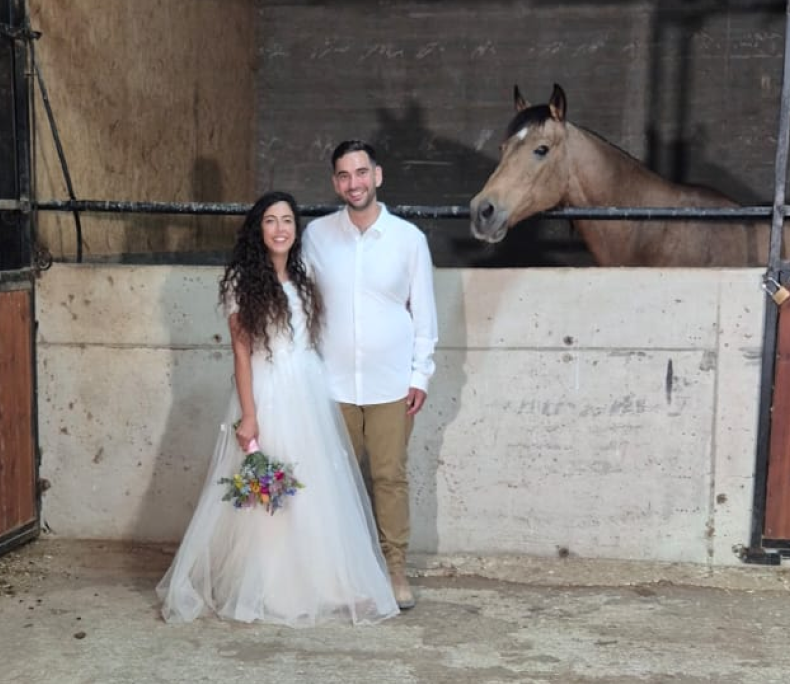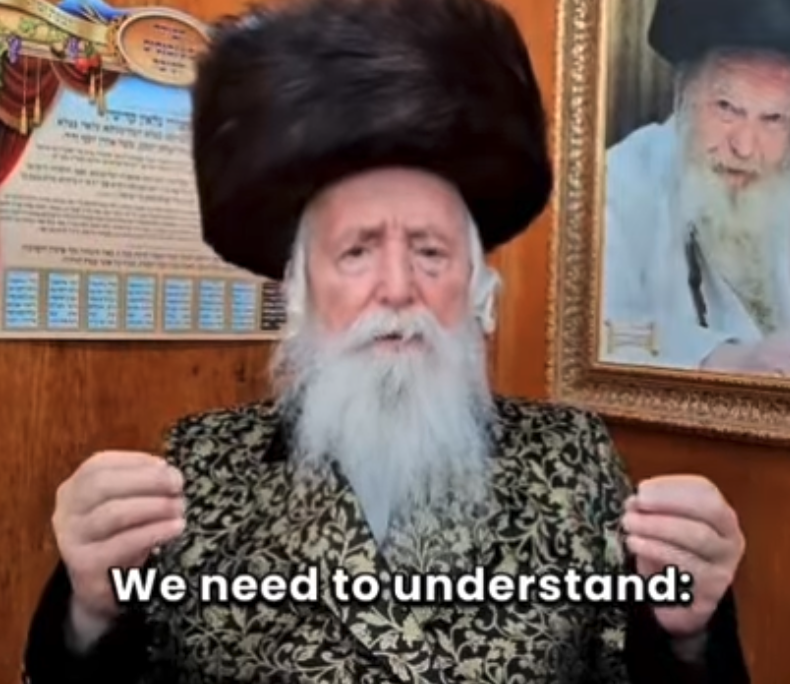As the air turns crisp and families gather under their sukkahs, Rabbi Yitzchak Dovid Grossman reminds us that Sukkot is not just a holiday of joy—it’s a powerful symbol of Jewish unity. This year, as our hostages return home, thank G-d, his message resonates that much more deeply.
Rabbi Grossman teaches that each year, as we hold the Arba’at HaMinim—the four species of the lulav and etrog—we are performing more than a ritual; we are expressing a truth at the heart of the Jewish story.
The etrog (citron), lulav (palm branch), hadas (myrtle), and aravah (willow) each represent a different kind of Jew.
The etrog has both a good taste and a pleasant fragrance, symbolizing those who possess both Torah learning and good deeds.
The palm branch, with taste but no smell, stands for those with Torah knowledge but fewer good deeds. The myrtle, fragrant but without taste, represents those who perform good deeds even if they have less Torah study.
And the willow, without taste or smell, represents the simple Jew—someone who may not yet have tasted Torah or mitzvot, but whose belonging is just as essential.
It is only when all four are bound together that we can fulfill the mitzvah of the Arabah Minim. And so too with our people. We are complete only when every Jew—no matter their background, observance, or circumstance—is embraced as part of our family.
This year, as we sit under the sukkah and await the safe return of our hostages, this message feels especially poignant. Every person is precious. Every soul matters. The strength of Am Yisrael lies in our unity and in our ability to see the good in one another.
At Migdal Ohr, this truth is lived out every day. Children and youth from all walks of life—religious and secular, native-born and immigrant, orphaned and at-risk—find their place, their purpose, and their people.
May this Sukkot bring healing, peace, and togetherness to our entire nation.
Chag Sameach from all of us at Migdal Ohr!



